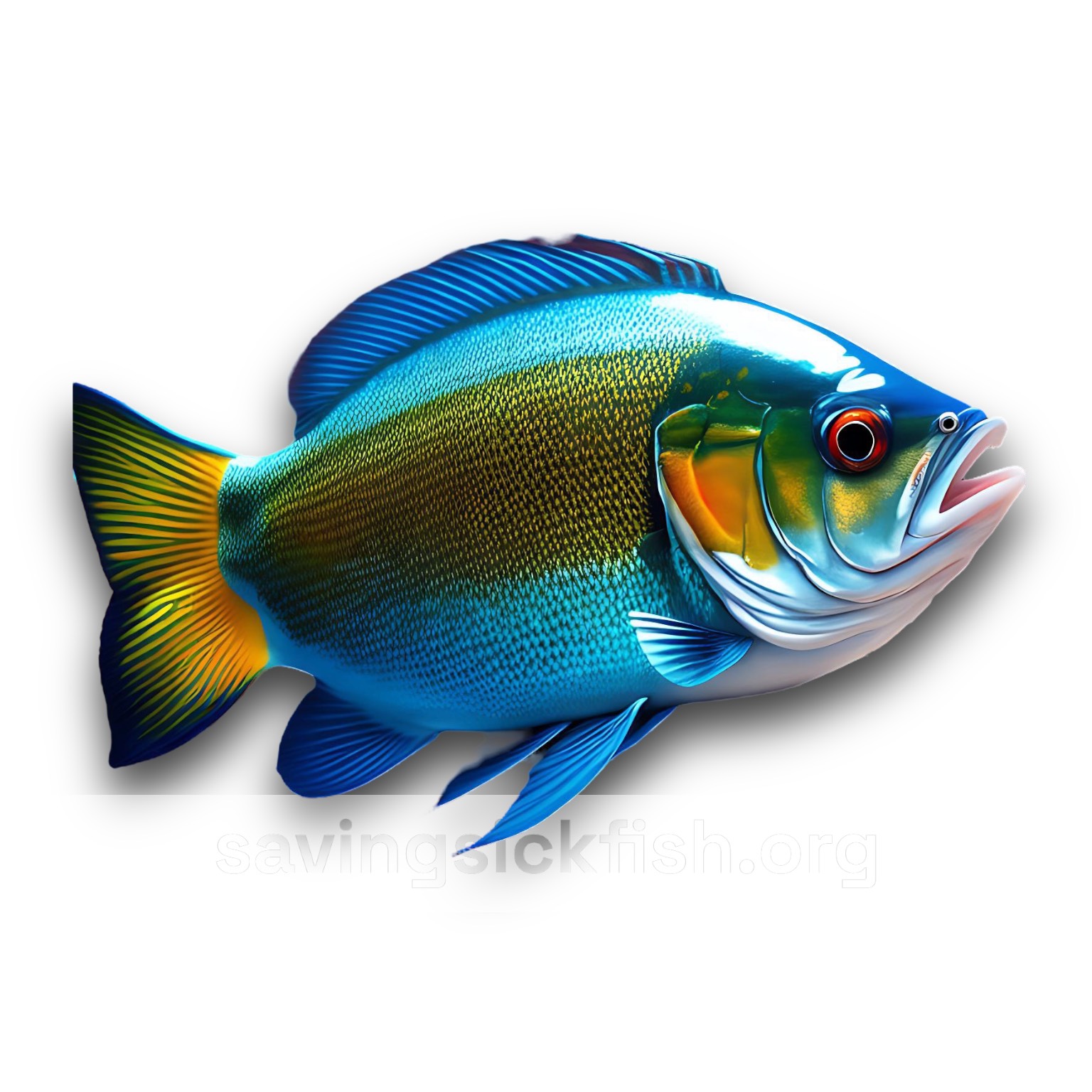Bacterial infections are a common problem in Koi fish and can lead to serious health issues if not treated promptly. In this document, we will discuss the causes, diagnosis, pathogens, and treatment modalities available for bacterial infections in Koi.
Causes:
Bacterial infections in Koi fish can be caused by a variety of factors, including poor water quality, overcrowding, and stress. Other common causes include injury, parasites, and viral infections that weaken the fish's immune system and make them more susceptible to bacterial infections.
Diagnosis:
The diagnosis of bacterial infections in Koi fish can be challenging as many bacterial infections share similar symptoms. However, there are some common signs to look out for, including:
– Loss of appetite
– Lethargy and sluggishness
– Redness, swelling, or ulceration of the skin or fins
– Excessive mucus production
– Erratic swimming behavior
– Abdominal swelling or bloating
– Difficulty breathing
If you notice any of these symptoms, it is important to seek veterinary care promptly to identify the cause and begin treatment.
Pathogens:
Several bacterial species can cause infections in Koi fish, including:
– Aeromonas hydrophila
– Pseudomonas aeruginosa
– Edwardsiella tarda
– Vibrio species
– Streptococcus species
These bacteria can enter the fish's body through wounds, gills, or the digestive system and can cause a range of infections, including skin ulcers, fin rot, and internal infections.
Treatment Modalities:
The treatment of bacterial infections in Koi fish depends on the type of bacteria and the severity of the infection. Some common treatment modalities include:
1. Antibiotics: Antibiotics are the most common treatment for bacterial infections in Koi fish. The choice of antibiotic will depend on the type of bacteria and the severity of the infection. Antibiotics can be given orally, injected, or added to the water.
2. Salt baths: Salt baths are a natural and effective way to treat bacterial infections in Koi fish. Adding salt to the water can help reduce the bacterial load and promote healing.
3. Water quality management: Proper water quality management is crucial for the prevention and treatment of bacterial infections in Koi fish. This includes maintaining proper pH levels, temperature, and oxygenation, as well as performing regular water changes.
4. Wound care: If the bacterial infection is caused by an open wound, wound care is essential to prevent further infection. This includes cleaning the wound with an antiseptic solution and applying a topical antibiotic ointment.
In conclusion, bacterial infections are a common problem in Koi fish and can lead to serious health issues if not treated promptly. The key to preventing and treating bacterial infections in Koi fish is proper water quality management, prompt diagnosis, and appropriate treatment modalities. If you suspect your Koi fish may have a bacterial infection, seek veterinary care immediately.







